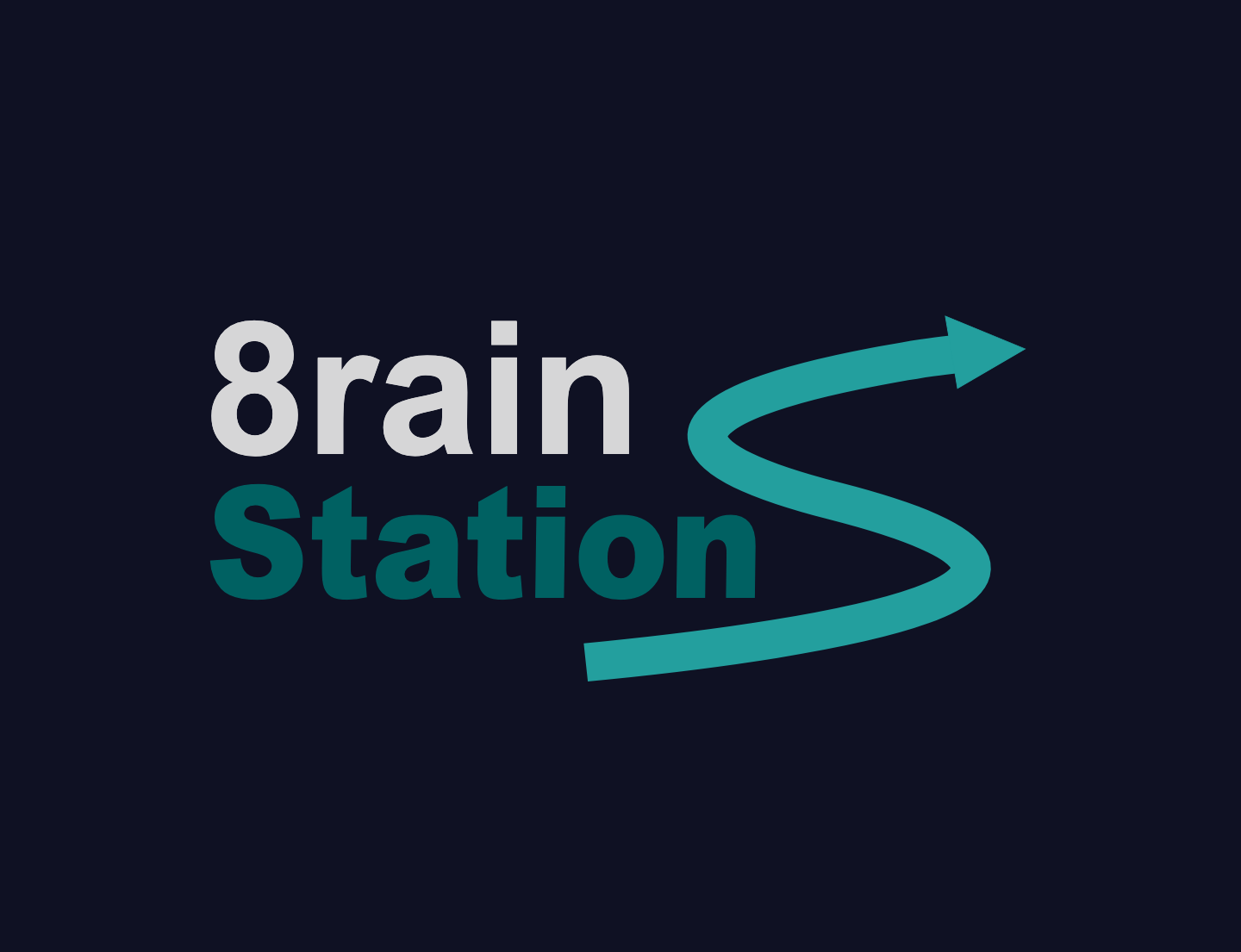Positive EV betting is all about understanding when we have odds better than the true odds of an event occurring. In this post, we’ll dive deep into the concept of devigging and explore its various methodologies. So, let’s get started!

Photo by Firmbee.com on Unsplash
What is Devigging?
Devigging might sound complicated, but it’s a straightforward concept that underpins positive EV betting. Sportsbooks set odds in a way that allows them to make a profit, known as their hold. For instance, a typical football bet might be offered at -110 American odds. This means you bet $1 to win $10, while the opposing bettor does the same. Ultimately, the winner receives their stake back plus the winnings, while the loser walks away empty-handed, allowing the sportsbook to keep a portion of the bets.
The Role of Sports Bettors
As sports bettors, our job is to identify which side is more likely to win than what the odds indicate. This is the essence of positive EV betting, where we analyze data and market odds from various sportsbooks to pinpoint opportunities where we can place profitable bets.
Determining True Odds
To determine true odds, we analyze multiple betting lines and draw a middle line based on various methodologies. The goal is to find plays that exhibit positive expected value across different devigging methods. This means that even if we use different calculations, we still find a favorable bet.
Different Devigging Methodologies
There are several ways to approach devigging, each offering a unique perspective:
- Multiplicative Devigging: This is the standard method used by many sportsbooks. It estimates the hold and allocates it across different outcomes. However, it can overstate the value of underdogs and underestimate favorites.
- Logarithmic Devigging: This method corrects for the biases seen in multiplicative devigging. It tends to understate the value of underdogs and overstate favorites.
- Additive Devigging: A simpler approach that calculates a middle ground based on probabilities. It can be less reliable in fine-tuned scenarios.
- Shin Method: Designed to control for both favorite long-shot bias and unique information in the market, particularly useful in multi-way betting scenarios.
Case Study: Oakland Athletics vs. Texas Rangers
Let’s look at a practical example involving a player prop bet on Adolis Garcia hitting a home run. The odds at various sportsbooks showed a significant outlier at plus 250. By applying different devigging methodologies, we determined that even using the worst-case scenario, this bet had a solid expected value of 8.47%. This shows how important it is to utilize multiple perspectives when evaluating bets.

Photo by Stephen Dawson on Unsplash
Why Use Multiple Perspectives?
The key takeaway is to be conservative and look for opportunities where multiple indicators align. If you see conflicting information, it’s often wise to bet less. As sharp sports bettors, we must approach betting like a poker game, balancing our confidence and risk.
Adjusting Bet Sizes
Understanding the expected value percentage is crucial for determining bet sizes. Using worst-case devigging, you can approach underdog bets with more confidence, knowing you’re making an informed decision based on a comprehensive analysis of the odds.
Conclusion
Devigging methodologies provide valuable insights into the sports betting landscape. By understanding and applying these techniques, you can enhance your betting strategy and increase your chances of success. Remember, the more perspectives you have, the clearer the picture becomes.
For more resources and tools to improve your sports betting experience, visit 8rain Station – Analytics for a Fair Fight at Sports Books and join our community on 8rain Discord.

Photo by Choong Deng Xiang on Unsplash
